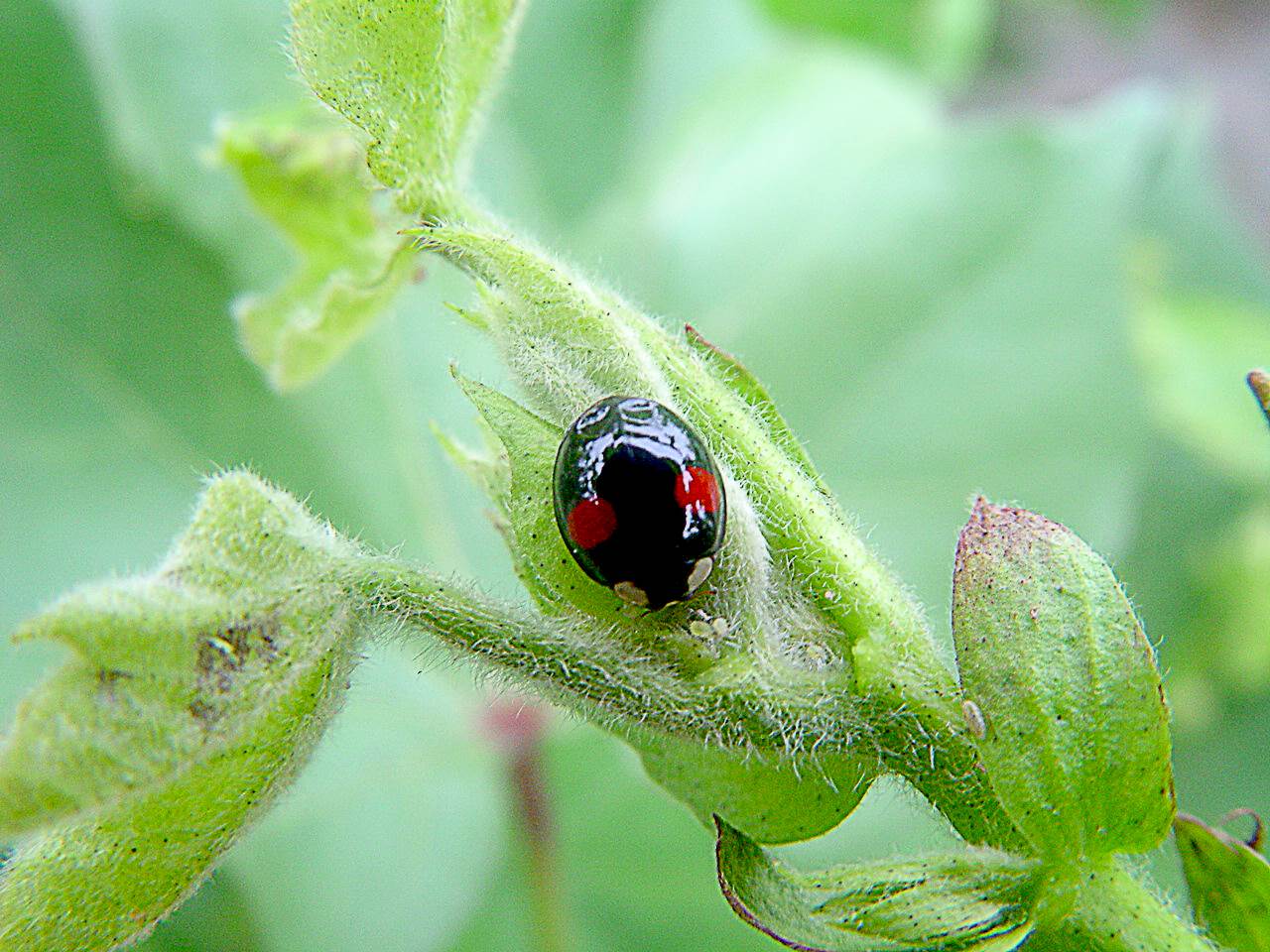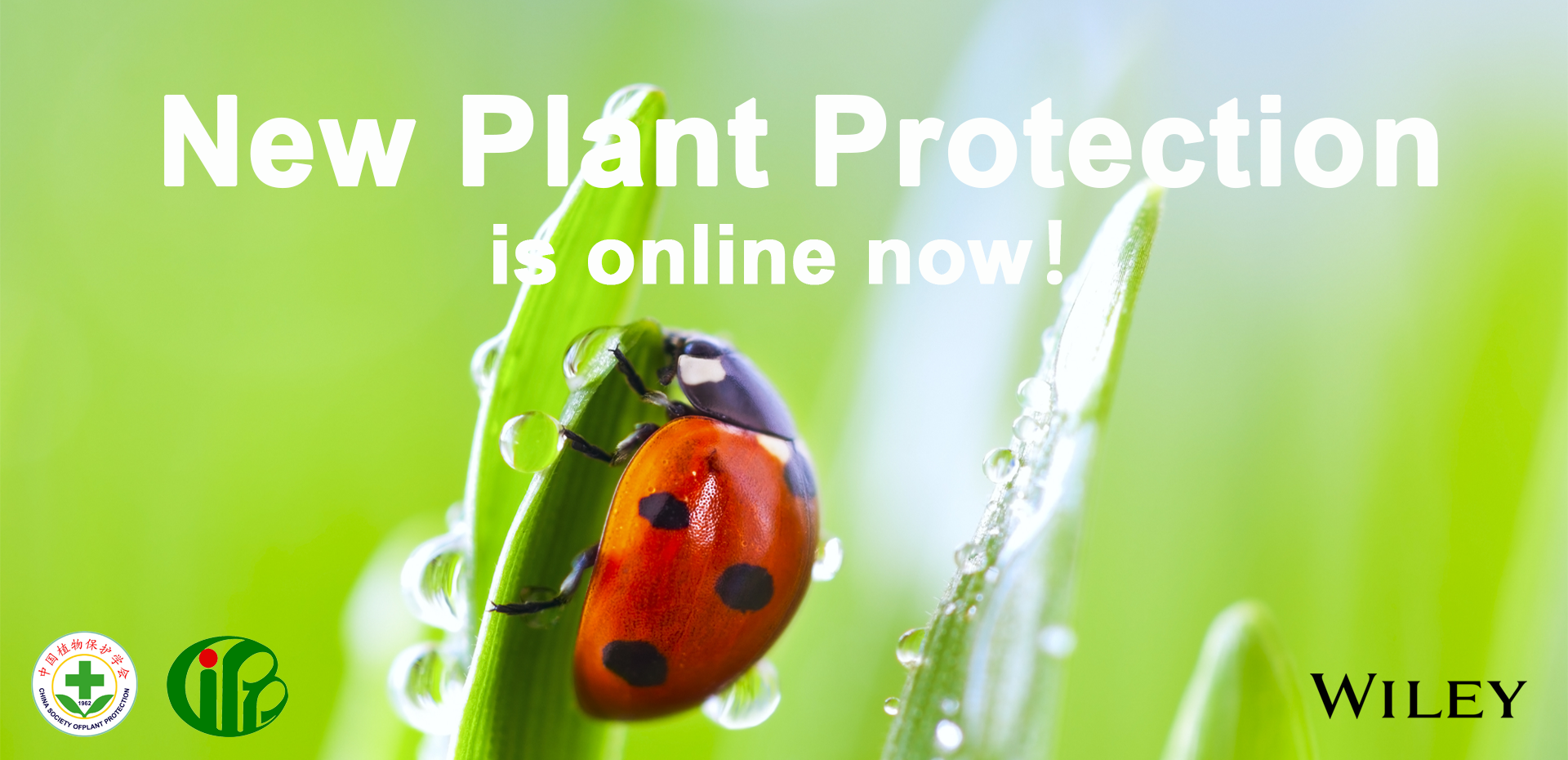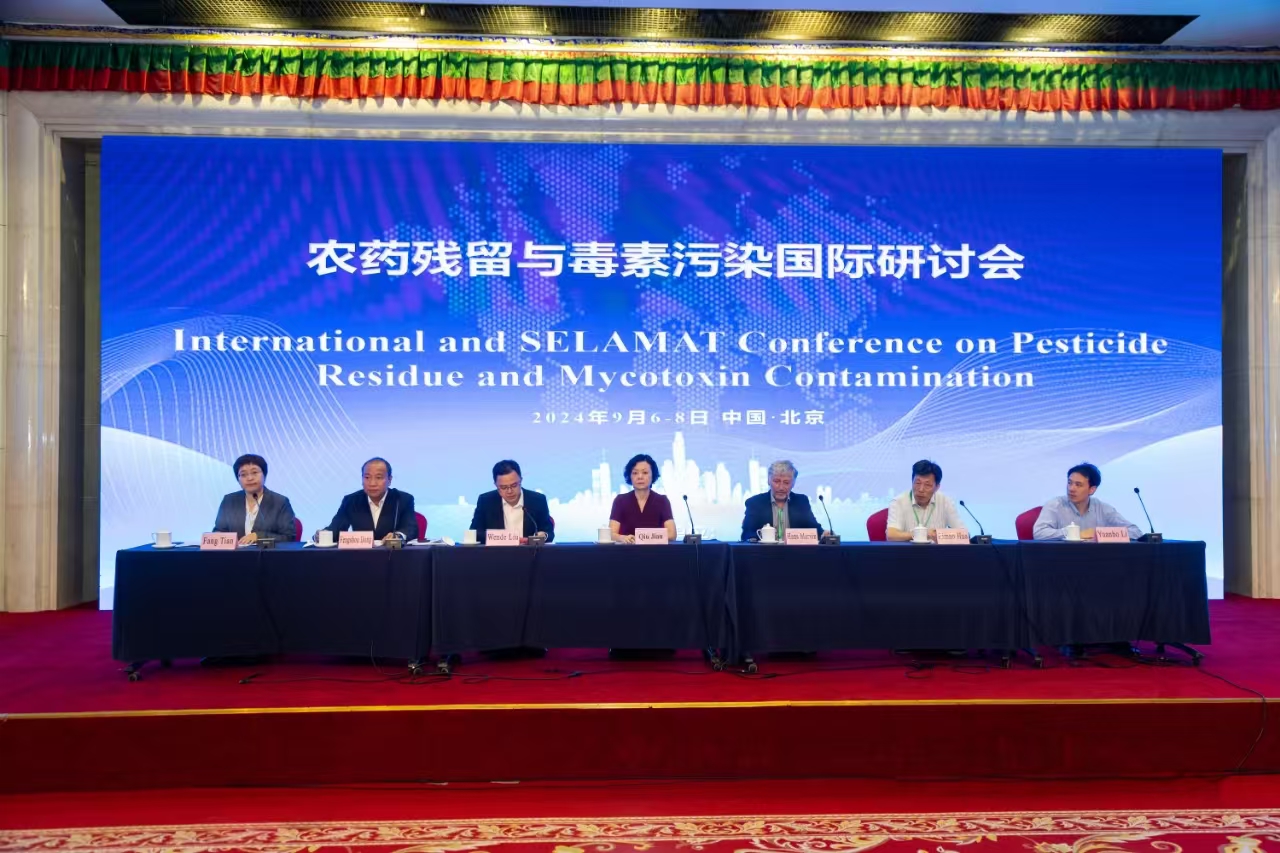Characterization of the natural enemy community attacking cotton aphid in the Bt cotton ecosystem in Northern China
Planting Bt cotton in China since 1997 has led to important changes in the natural enemy communities occurring in cotton. However, their specific effect on suppressing the cotton aphids (being notorious in conventional cotton ecosystem) has not been fully documented yet. Recently, researchers at State Key Laboratory for Biology of Plant Diseases and Insect Pests, Institute of Plant Protection of CAAS, have published a research paper in Scientific Reports about the population dynamics and the control efficiency of natural enemies attacking cotton aphid in Northern China.
The new results showed that the control efficiency of natural enemies on cotton aphid increased significantly in open field cages compared to exclusion cages, accounted for 60.2, 87.2 and 76.7% in 2011, 2012 and 2013 season, respectively. The cotton aphid populations peaked in early June to late July (early and middle growth stages) in open field cotton survey from 2011 to 2013. The population densities of cotton aphids and natural enemies were highest at middle growth stage while least densities were recorded at late stage for aphids and at early plant stage for natural enemies. Aphid parasitoids (Trioxys spp., Aphidius gifuensis), coccinellids, anthocorids, chrysopids, and spiders were key natural enemies of cotton aphid.
Overall, the abundance of natural enemies, especially the predators and aphid parasitoids, at both early and middle growth stages of the cotton crop presents a challenge to insect pest management researchers to develop sustainable biological control conservation techniques. If succeeded to develop such optimized IPM, it would help to manage the outbreaks in populations of secondary pests in Bt cotton ecosystem along Yellow River Reaches in Northern China. Briefly, natural enemies can suppress aphid population increase from early to middle plant growth stages by providing biocontrol services in Chinese Bt cotton.

More details are available on the bellow links:
http://www.nature.com/articles/srep24273
By Yanhui Lu
yhlu@ippcaas.cn
-
 China-Laos Training Workshop on Integrated Management of Destructive Crop Pests and Diseases Successfully held in Laos
China-Laos Training Workshop on Integrated Management of Destructive Crop Pests and Diseases Successfully held in Laos -
 New Plant Protection: New challenge and new opportunity for plant protection
New Plant Protection: New challenge and new opportunity for plant protection -
 International and SELAMAT Conference on Pesticide Residue and Mycotoxin Contamination Held in Beijing
International and SELAMAT Conference on Pesticide Residue and Mycotoxin Contamination Held in Beijing -
 CAAS President Meets Chairman of ASEAN FAW Taskforce
CAAS President Meets Chairman of ASEAN FAW Taskforce
